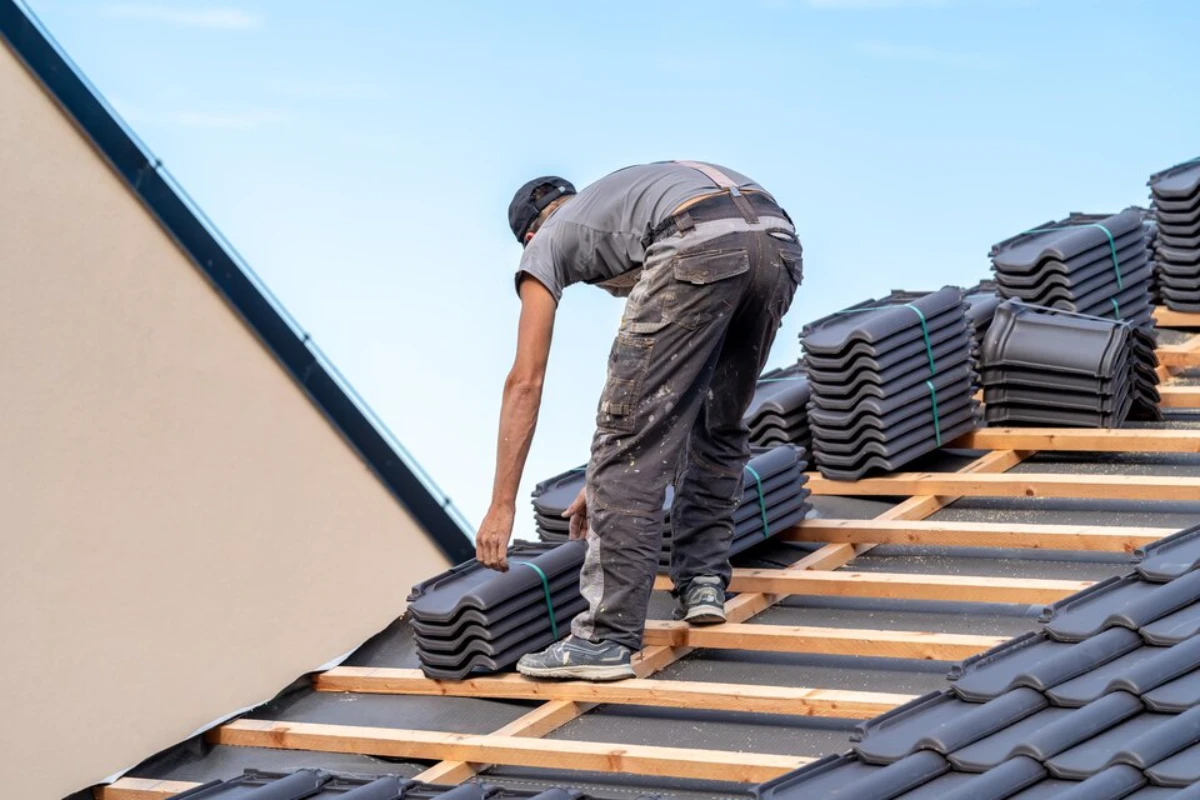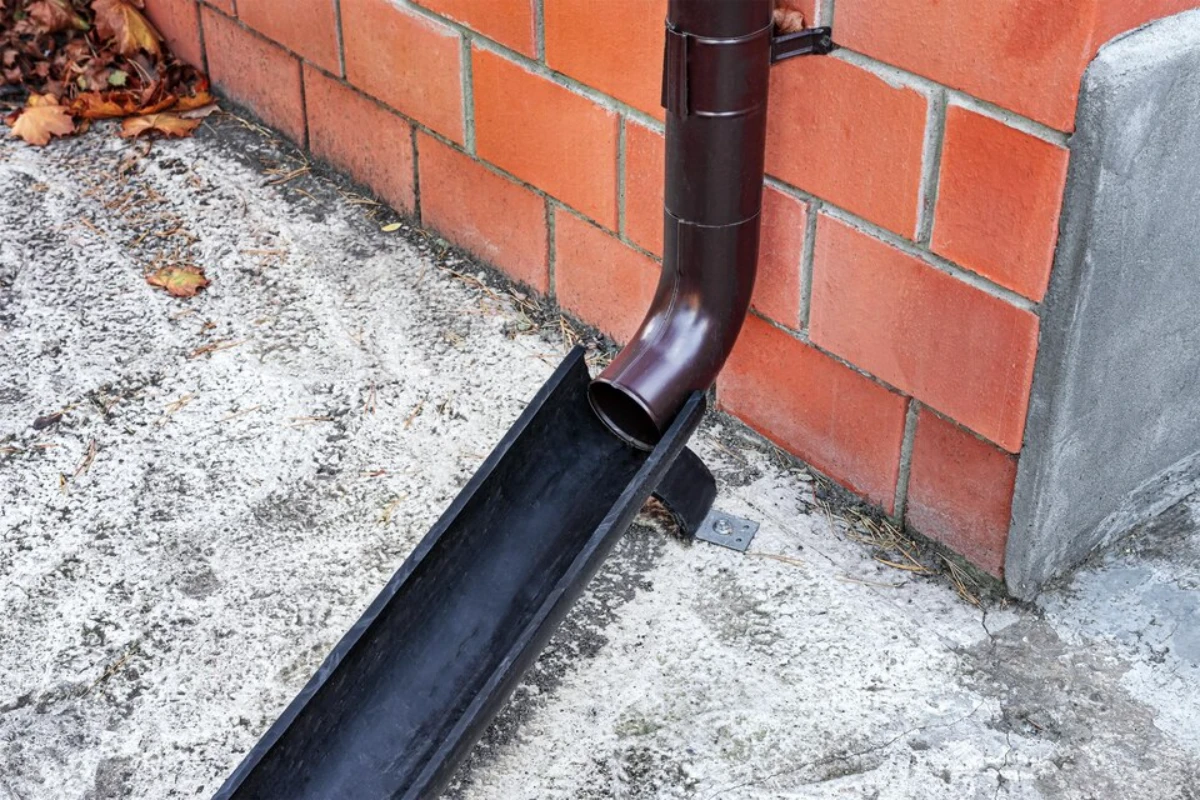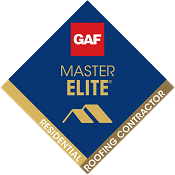The Florida sun is relentless, and while its warmth might be welcome during a beach day, it can be unforgiving to your home’s roof. For homeowners in the Sunshine State, understanding how the heat affects roofing materials is crucial.
Florida’s Climate and Roof Damage
Florida is known for its tropical climate, characterized by high temperatures and intense sunlight. The state experiences long, hot summers where temperatures can soar well into the 90s, paired with high humidity and frequent thunderstorms. While the sun may be a natural energy source, its impact on roofing materials is significant.
- Heat can cause roofing materials to expand and contract, leading to cracks and other structural issues.
- Prolonged exposure to UV rays can also degrade the quality of these materials over time, making them brittle and less effective at protecting your home.
- Additionally, the combination of heat and moisture from frequent rainstorms can exacerbate the deterioration process, creating an ideal environment for mold and mildew growth.
All these factors contribute to accelerated wear and tear, making it essential for Florida homeowners to be vigilant and proactive about roof maintenance.
Signs of Roof Damage
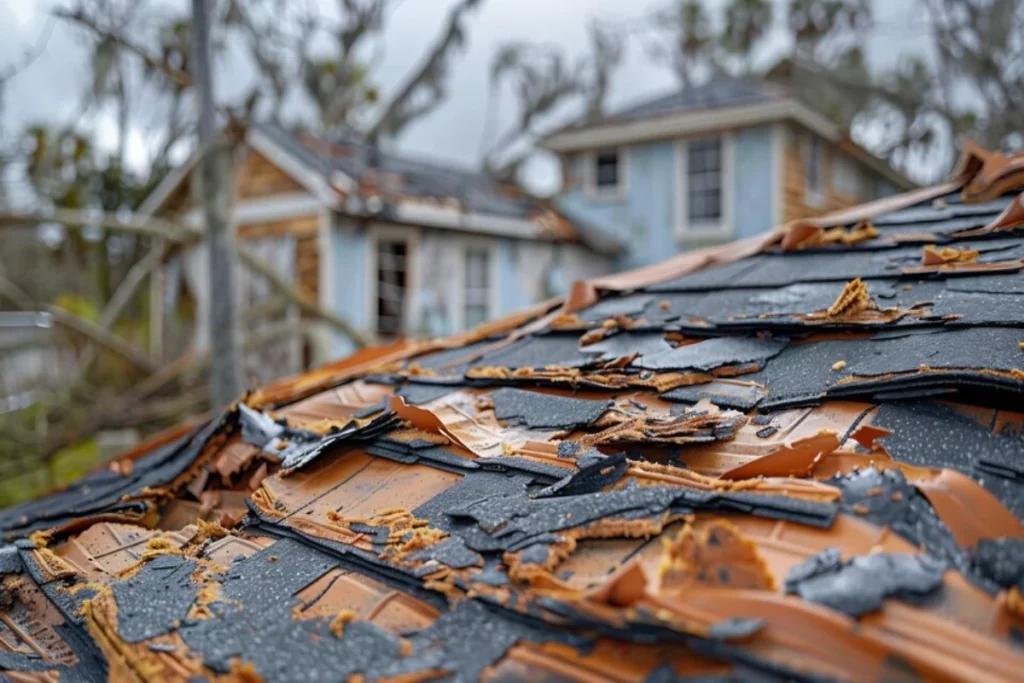
Recognizing the signs of heat damage early can save you costly repairs down the line. Here are some indicators that your roof might be suffering from the heat:
Curling or Buckling Shingles
One of the most apparent signs of heat damage is curling or buckling shingles. This happens when the constant expansion and contraction of the roofing material cause the shingles to lose their shape. When shingles are no longer lying flat, they’re less effective at protecting your home from water damage, potentially leading to leaks.
Cracked or Brittle Shingles
High temperatures can make shingles brittle, causing them to crack under pressure. If you notice pieces of shingles in your gutters or around your property, it’s a sign that your roof may need attention. Cracks provide a direct pathway for water to seep into your home, leading to more extensive damage.
Granule Loss
The protective granules found on asphalt shingles serve a crucial role in maintaining the integrity of the shingles. These granules help to reflect sunlight and shield the underlying asphalt layer from potential damage caused by exposure to harsh weather conditions. Excessive granule loss, particularly as a result of prolonged heat exposure, can significantly accelerate the deterioration of the shingles, leading to a decrease in their lifespan and overall performance.
Blistering or Bubbling
These formations on the shingle surface often indicate trapped moisture, which can be exacerbated by intense heat. The expansion and contraction caused by temperature fluctuations can lead to blistering or bubbling.
Nail Pop-Ups
Extreme heat can cause the nails used in roofing to expand and contract. This expansion and contraction can lead to nail pop-ups, where the nails push up from the surface of the shingle. This weakening of the shingle’s attachment to the roof can increase the risk of leaks and cause damage to the roof’s structure over time.
Sagging or Depressions
In severe cases, heat damage can affect the roof deck itself, causing it to sag or develop depressions, which may compromise the structural integrity of the roof. This can lead to water pooling, leaks, and further damage to the underlying structure.
Metal Roof Warping and Fastener Issues
High temperatures can cause the expansion and contraction of metal panels, leading to warping and loosening of fasteners. This can create gaps between the panels, making them susceptible to leaks and other issues. Additionally, prolonged exposure to UV rays can cause the paint or coating on the metal roof to fade or peel off.
Preventing Heat-Related Roof Problems
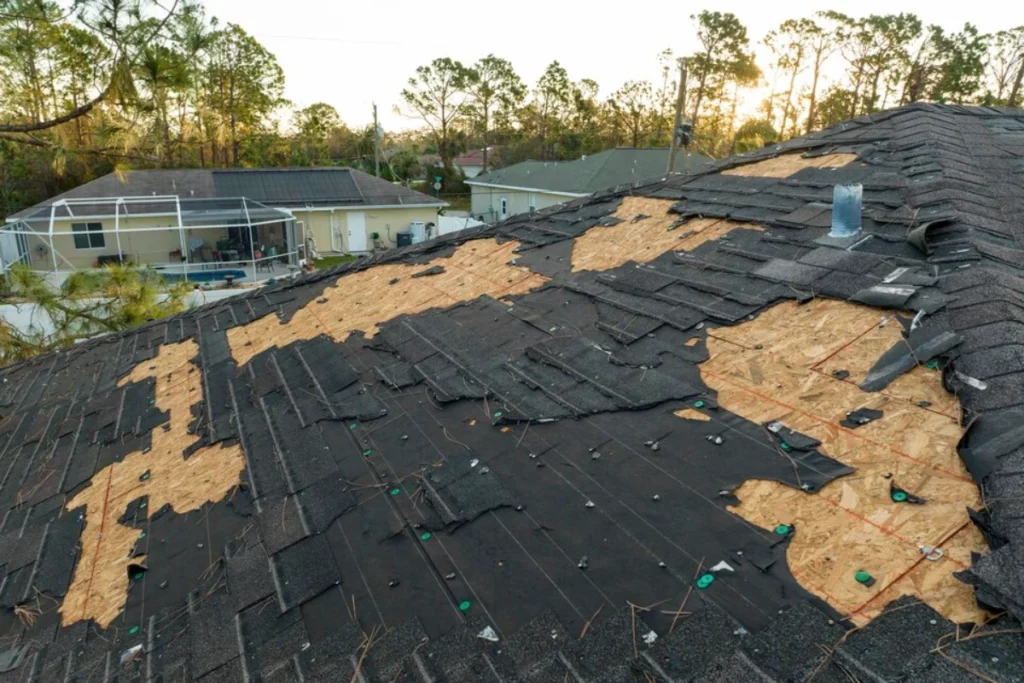
Prevention is key when it comes to maintaining the integrity of your roof. Here are some steps you can take to protect your roof from the harsh Florida sun:
Invest in Quality Materials
Choose high-quality, heat-resistant roofing materials that are designed to withstand Florida’s extreme weather conditions.
- Asphalt Shingles – While economical and widely used, traditional asphalt shingles can be susceptible to heat damage. However, many manufacturers offer high-albedo or reflective asphalt shingles that are designed to reflect solar energy, helping to mitigate heat absorption and prolonging the lifespan of the roof.
- Metal Roofing – Metal roofs are highly durable and well-suited for hot climates. They reflect sunlight effectively, reducing heat buildup and lowering cooling costs. Additionally, metal is resistant to warping and cracking, making it a great option for Florida’s extreme temperatures.
- Clay or Concrete Tile – Known for their longevity and excellent thermal performance, clay or concrete tiles provide natural insulation against heat. Their dense structure helps to reflect solar radiation, keeping roofs cooler. These materials are also resistant to fading and have a long lifespan, making them a solid investment for homeowners.
- Flat Roofing Material – Typically made from materials like EPDM (ethylene propylene diene terpolymer) or TPO (thermoplastic olefin), flat roofing options are designed to withstand high temperatures. They often feature reflective surfaces that help to divert heat away from the building, which can minimize thermal expansion and prolong the life of the roofing system.
Ensure Proper Ventilation
Adequate attic ventilation is crucial for mitigating heat-related roof damage. When hot air is trapped in the attic, it can elevate roof temperatures significantly, accelerating the deterioration of roofing materials. To prevent this, ensure your attic has a balanced ventilation system. This typically involves intake vents at the eaves and exhaust vents at the ridge. The ideal ratio is often one square foot of intake vent for every 150 square feet of attic floor space.
Inspect your attic for signs of proper airflow. Look for visible temperature differences between the attic and outdoor temperatures. If the attic is significantly hotter, it’s likely that ventilation is insufficient. Consider professional ventilation assessments if you’re unsure about your attic’s ventilation system.
Regular Maintenance and Inspections
Regular maintenance and inspections are crucial for overall roof health, including its ability to withstand the Florida sun. A well-maintained roof is better equipped to handle the intense heat and UV rays that contribute to premature aging.
Here are some key maintenance tasks to protect your roof:
- Clear your roof and gutters of debris regularly. Leaves, branches, and granules can trap moisture, creating conditions that accelerate heat damage.
- Look for signs of heat-related issues during routine inspections. This includes curling, buckling, or cracking shingles, as well as discoloration or granules loss. Early detection is key to preventing further damage.
- Ensure your attic ventilation system is functioning optimally. Adequate ventilation helps reduce heat buildup in the attic, which can significantly impact roof temperature.
- Regularly inspect roof flashings and seals for any signs of wear or damage. Damaged seals can allow water intrusion, which, combined with heat, can accelerate roof deterioration.
- Schedule professional inspections with a professional roofing company regularly. Experienced roofers can notice signs of problems before most homeowners can see them.
Your Florida Roofing Experts
At Stronghold Roofing & Solar, we know the ways that Florida’s intense heat can cause damage to roofs – and we know what to do about it! Whether you need Lakeland roofers to evaluate your roof for heat damage, make repairs, or install a new roof, we’re the choice you can trust.
Contact us today, and ask about getting a free roof estimate.
FAQ’s – Heat Damage to Roofs
Excessive heat can cause damage to roofing materials and compromise the structural integrity of your roof over time.
The intense heat and UV rays from the Florida sun can accelerate the deterioration of roofing materials, causing issues like cracking, warping, and fading.
A: Signs of heat damage on a roof include curling or buckling shingles, discoloration or loss of granules, sagging or depressions in the roof deck, and warping or loosening of fasteners.
Yes, you can prevent heat-related roof damage by investing in high-quality roofing materials, ensuring proper ventilation in your attic, and conducting regular maintenance and inspections.
Regular inspections with a professional roofing company are recommended to catch any signs of heat damage early on and prevent further issues. If you notice any potential problems yourself, it’s essential to get them addressed as soon as possible.

